
Common reasons for calling a poison control center
When you think of dangerous poisons, the first few things that come to mind might be rat poison or an insecticide. But, poisonous plants, like wild mushrooms, and household poisons, like cough and cold medicines, also can be a serious problem. You should call the toll-free Poison Help Line at 1-800-222-1222 if you think someone has ingested something poisonous.
According to the American Association of Poison Control Centers (AAPCC), the 55 poison centers in the U.S. received about 2.1 million calls in 2018. Every once in a while, the potential poison that triggered a call is so rare it can seem bizarre—like the person who called an Arizona poison center after coming into contact with saliva from a three-toed sloth. (The saliva can cause allergic reactions but is not poisonous). However, the vast majority of cases involve common medications and household products—items we come into contact with every day.
Here are some of the most common reasons people call poison control centers and what you need to know if you think someone has ingested a poison.
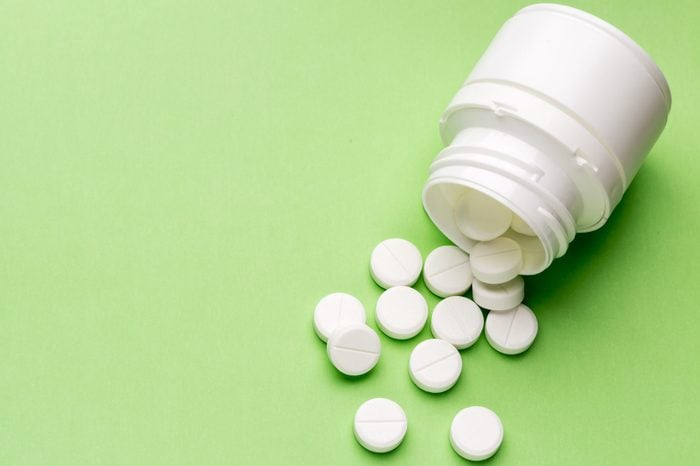
Pain relievers
The number one reason people call poison control centers is exposure to medications, says Mazda Shirazi, MD, PhD, medical director of the Arizona Poison Center in Tucson. And at the top of that list are prescription and nonprescription pain relievers, representing 11.2 percent of exposures nationally, according to the AAPCC.
A major culprit is acetaminophen (the active ingredient in Tylenol), says Elizabeth Silver, PharmD, managing director of the Poison Control Center at The University of Kansas Health System in Kansas City. “They’re in combination products, by themselves and they come in different strengths,” she explains. Ibuprofen (found in Advil and other products) is also an offender.
Always keep medications in the original child-resistant container, advises Dr. Silver. Note that these are child-resistant, not child-proof, so it’s still important to keep kids from accessing it, regardless of what it says on the label. Don’t put them in a ziplock baggie or a medication organizer, or anything a child can easily open. Also, don’t ever call medication candy when speaking with a child. Signs of an acetaminophen overdose include abdominal pain, diarrhea and seizures, according to the National Library of Medicine (NLM). Get immediate medical help if you suspect a child or anyone else has ingested an unsafe amount of medication.
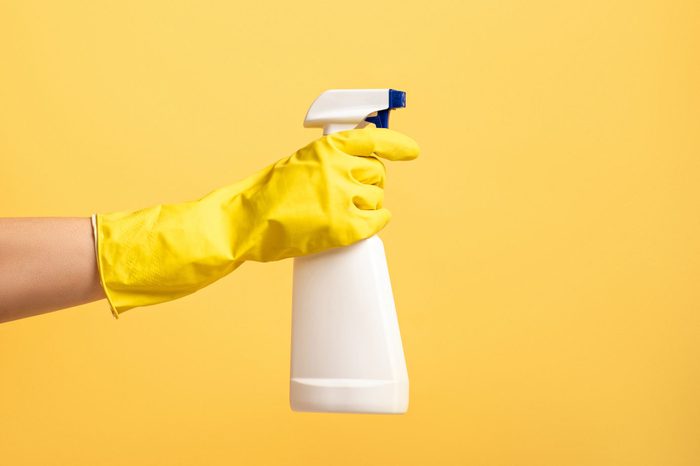
Household cleaning products
Being exposed to potentially toxic household cleaning products represents 7.3 percent of all exposures nationally, according to the AAPCC. Like many poisonings, this one is especially common among children, says Dr. Silver. According to the AAPCC, 44 percent of calls nationally concern children.
The number of potentially dangerous household products can be a bit overwhelming—and that includes dish and laundry detergents. “We still get a lot of laundry pod calls,” says Dr. Silver. “Because it’s so concentrated we do have to be careful if it gets in an eye. If it’s swallowed, there’s a very low threshold to send them to an emergency room.”
Household products are less of a problem for adults but, when it does happen, it’s usually not accidental, says Dr. Silver. It’s important to not leave cleaning products lying around where children can have access to them. (Learn about kitchen items that are secretly toxic.)

Cosmetics and personal care products
Lipstick, lotions, and other cosmetic and personal care products are the main reason for calls to poison control centers about children, representing about 6.5 percent of all calls.
While many of these products are non-toxic in small amounts, a few aren’t. This includes products containing fluoride and hand sanitizers and some mouthwashes that contain alcohol.
Usually, kids who eat these products just have mild stomach irritation and may vomit or have diarrhea, according to the Illinois Poison Center. If symptoms don’t go away quickly or the child is coughing, call a doctor. With their okay, you can give the child a few sips of water and watch him or her carefully, according to Dr. Silver, who says 70 to 80 percent of these incidents can be resolved at home. (Watch out for these beauty trends that are dangerous.)
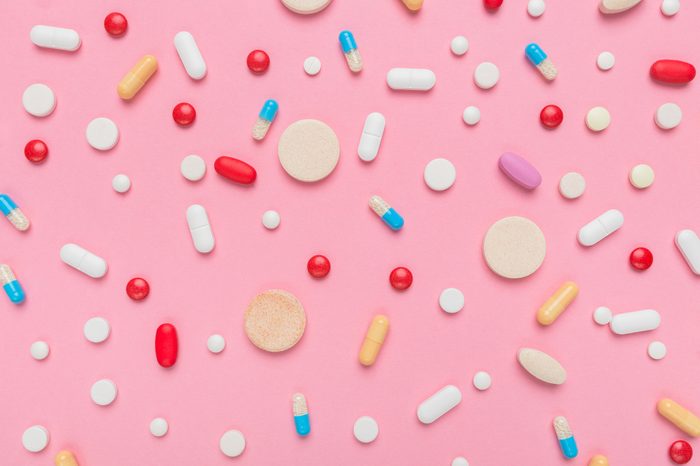
Sedatives, hypnotics, antipsychotics, and antidepressants
According to Dr. Silver, misusing drugs in these categories is the number two cause for calls to their poison centers and it’s mostly adults. Of particular concern are benzodiazepines, which are sedatives like Valium and Xanax.
“Once we get into the adult category, it tends to be more self-harm, especially compared to pediatrics,” says Dr. Silver. Calls sometimes come from patients themselves, but also from parents, she adds.
There are no specific at-home recommendations for this type of poisoning, which can be potentially life-threatening. “It varies based on the patient, how much was ingested, when it was ingested, and if they are having symptoms,” she says.
(Be sure to read about dangerous medication mistakes you don’t want to make.)
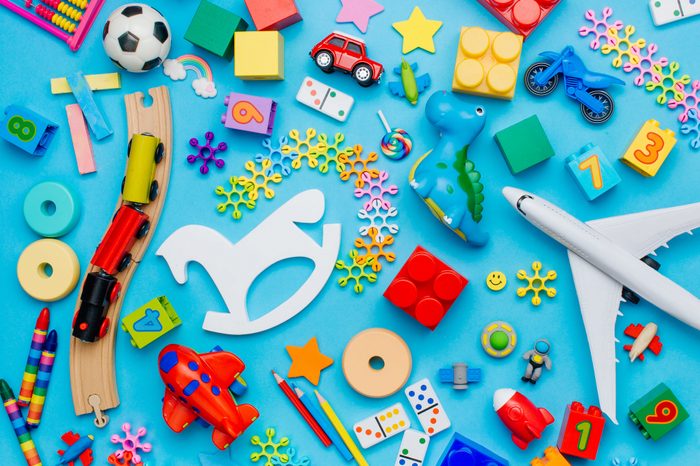
Foreign objects
Toys, silica gel packets, pen caps, glow sticks. You name it, kids will put it in their mouth and sometimes swallow it. This is most common among kids six months to three years of age, says the NLM. Most—meaning 80 to 90 percent—pass through the child’s system without any drama.
According to the Children’s Hospital of Philadelphia, some of the most dangerous items include button batteries (they can leak chemicals), sharp objects like a pin or nail; and magnets, which can damage tissue when the adhere to each other inside the body.
Symptoms to look for include choking, trouble breathing, unusual drooling, trouble swallowing , vomiting, diarrhea, stomach pain or a swollen abdomen. Call for help, and don’t give a child laxatives, the NLM advises.
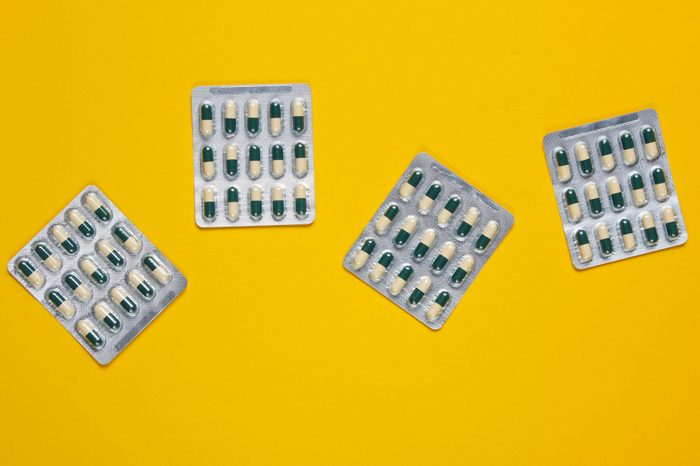
Antihistamines
It’s possible for both kids and adults to accidentally (or intentionally) ingest high doses of antihistamines, which includes over-the-counter medications like diphenhydramine (Benadryl), Dr. Silver says.
The National Capital Poison Center advises never doubling up on doses, no matter how badly you are suffering from allergies. In addition, don’t take two different antihistamines together and don’t combine antihistamines with certain pain relievers like opioids. Lastly, be careful which antihistamines you give to children as some are not recommended for small children at all. Read the label. (Abusing antihistamines can cause seizures and hallucinations.)
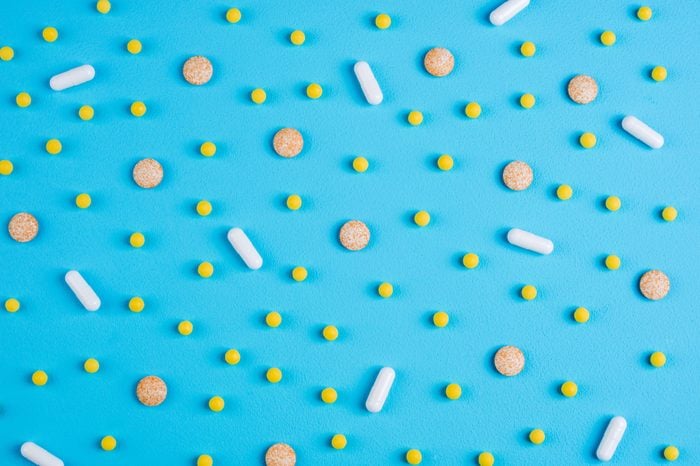
Vitamins
Those yummy gummy bear vitamins can be problematic. Some adults take them, and adult versions have more concentrated doses. Whether they are designed for children or adults, they may be irresistible to kids because they look and taste like candy. The most common vitamin overdose is vitamin D, says Dr. Silver, although it’s unclear why.
A child may think the vitamin is candy but they may also mistake an adult vitamin for a kids vitamin, says Providence Health and Services. Think about giving your child chewable vitamins or liquid vitamins instead.
Symptoms to watch for include nausea, vomiting and stomach pain (from iron), constipation and muscle weakness (for vitamin D) and vision problems (vitamin A). Call your doctor or poison control center if you think your child may have taken too many vitamins. (Learn the vitamin myths you should be ignoring.)
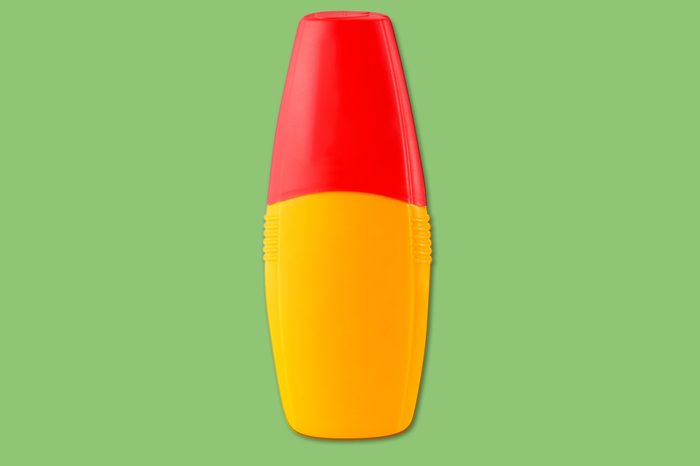
Pesticides
“Pesticides is a very broad term for a lot of substances including fumigants, insecticides (such as organophosphates, but there are many others), herbicides, rodenticides, fungicides, and repellents (including insect repellents like DEET and various mothballs),” says Dr. Silver.
Also, she adds, there are many scenarios in which people can be exposed to them. For children, Dr. Silver says, “they are usually accidental exposures such as getting into a product that is left out (be it mothballs, rodenticide blocks, insect repellent, or other pesticides).” Meanwhile, adult exposures to pesticides will vary based on intent. For example, “we get a lot of agricultural and accidental dermal exposures to these products, while also seeing intentional or self-harm ingestions of them as well,” she explains.
If anyone is exposed to any substance (including pesticides), Dr. Silver recommends following her general guidelines (more on that later) based on the route of exposure and calling the poison center at 1-800-222-1222. The poison center can then provide specific information and recommendations based on the exposure history, she adds.
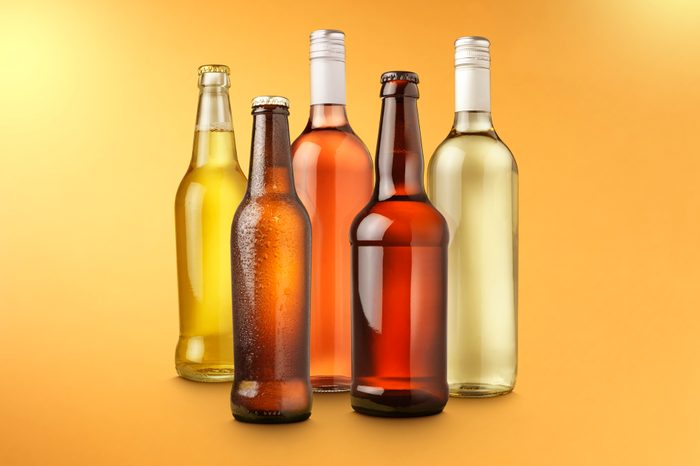
Alcohols
This includes exposures to ethanol (liquor), isopropyl alcohol (found in rubbing alcohol) and antifreeze. After ethanol, drinking isopropyl alcohol as the second most common alcohol exposure, says the NLM. Symptoms are a lot like being drunk but some people also experience abdominal pain, nausea, and vomiting.
Similar to isopropyl ingestion, the symptoms of antifreeze poisoning can occur all over the body and include rapid breathing or even stopped breathing, blood in the urine, blurred vision, leg cramps, seizures, nausea and vomiting and blue lips.
Most cases of antifreeze ingestion nationally are intentional, according to the California Poison Control System. Most importantly, the substance is sweet and has no odor, meaning some people consume it accidentally. For example, “young children are typically unintentional exposures and may accidentally ingest it if it is left out,” says Dr. Silver. With adults, she adds, “mechanics working on cars may have accidental exposures to antifreeze during their job if there is a leak.” Also, transferring antifreeze and other substances to smaller and more readily accessible containers, such as a water bottle, can lead someone to inadvertently take a sip of it, according to Dr. Silver.
Therefore, she adds, “we do not recommend transferring chemicals or substances out of their original container.”
Call a poison center or go to the emergency room if you or someone you know has ingested antifreeze or rubbing alcohol.
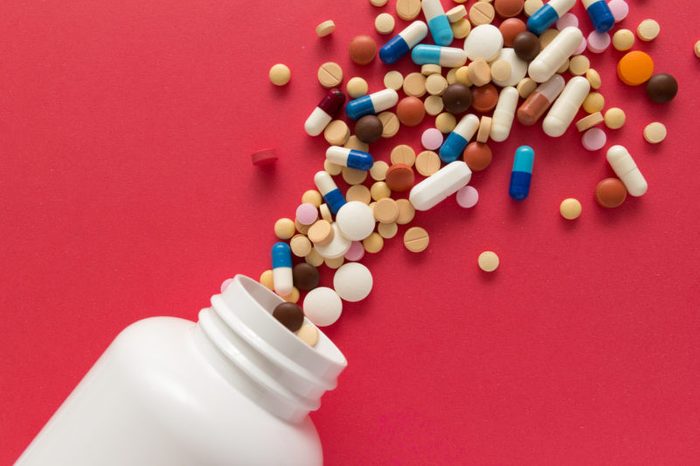
Other poisons
A variety of other medications make the list of top reasons people call poison centers. This includes antacids, laxatives, cough-and-cold medications, heart drugs like beta-blockers or calcium channel blockers, and antiseizure medications like gabapentin, says Dr. Silver. And not surprisingly, street drugs including stimulants like methamphetamine, cocaine, and ADHD medications, are also on the list.
Opioids are included in the category of pain relievers, says Dr. Silver. Many of these calls have to do with children under 20. A study in the journal Pediatrics found that more than 188,000 calls to poison centers were about children being exposed to prescription opioids like hydrocodone and fentanyl. Teenagers were almost three times more likely to be admitted to a healthcare facility than children. Furthermore, their exposures were more likely to be intentional. National initiatives are underway to try to combat the opioid crisis in the United States. However, for children under the age of five, who represented most of the calls, the exposure was unintentional. In other words, opioids weren’t being stored carefully, the study found.
Also, another poison to be cautious about is marijuana edibles. According to the National Capital Poison Center, there are no regulations in place for child-safe storage or warning labels with medical marijuana products. The U.S. Food and Drug Administration does provide child-resistant packaging guidelines for the drug industry for prescription and non-prescription drug products.
“Edibles, gummies, and other CBD/THC [cannabidiol/tetrahydrocannabinol]-containing products should be treated like medications and be kept up and away from children and pets,” Dr. Silver advises.
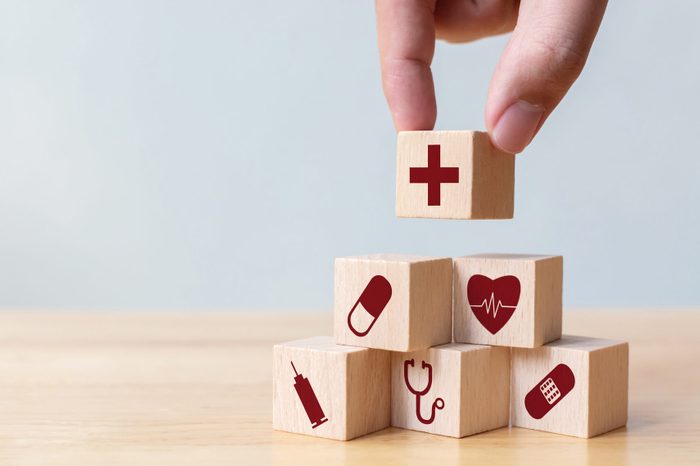
Stay safe
Managing a potential poisoning depends greatly on the exposure of the person. “We recommend to call the poison center for any exposure or suspected exposure—do not wait for symptoms to appear before calling,” says Dr. Silver.
Dr. Silver has some general guidelines:
* Swallowed poisons: Don’t eat or drink anything before calling the Poison Control Center. Don’t try to make the person throw up or give them syrup of ipecac.
* Inhaled poisons: Get to fresh air right away. Open doors and windows to ventilate the area.
* Poisons on the skin: Remove contaminated clothing and rinse the skin with water for 10 minutes.
* Poison in the eye: Flush the eye for 15 minutes using a large cup filled with lukewarm water held 2-4 inches from the eye.
Call 911 immediately if a person stops breathing, collapses, or has a seizure.
